Get an insider’s view of rail traffic
You’ve heard about accidents to people, catenary problems, animals on the line, passengers falling ill, and severe weather events, but do you know the whole story? Let us show you how rail operations really work—from the inside.
How rail operations really work—from the inside
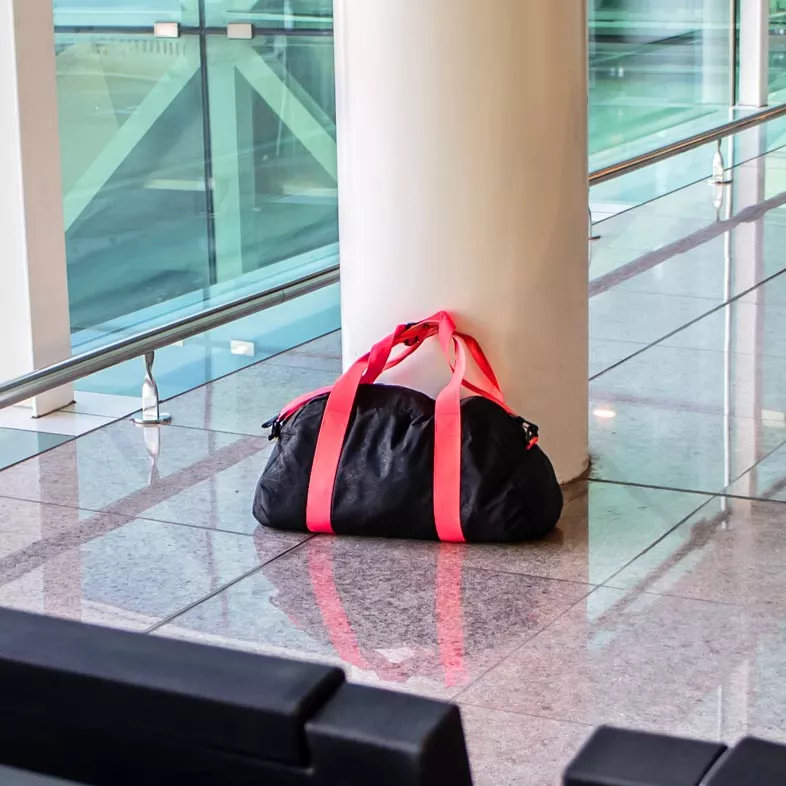
Unattended luggage
From station-wide announcements to activation of the Vigipirate plan—here’s how we deal with unattended luggage.
Learn more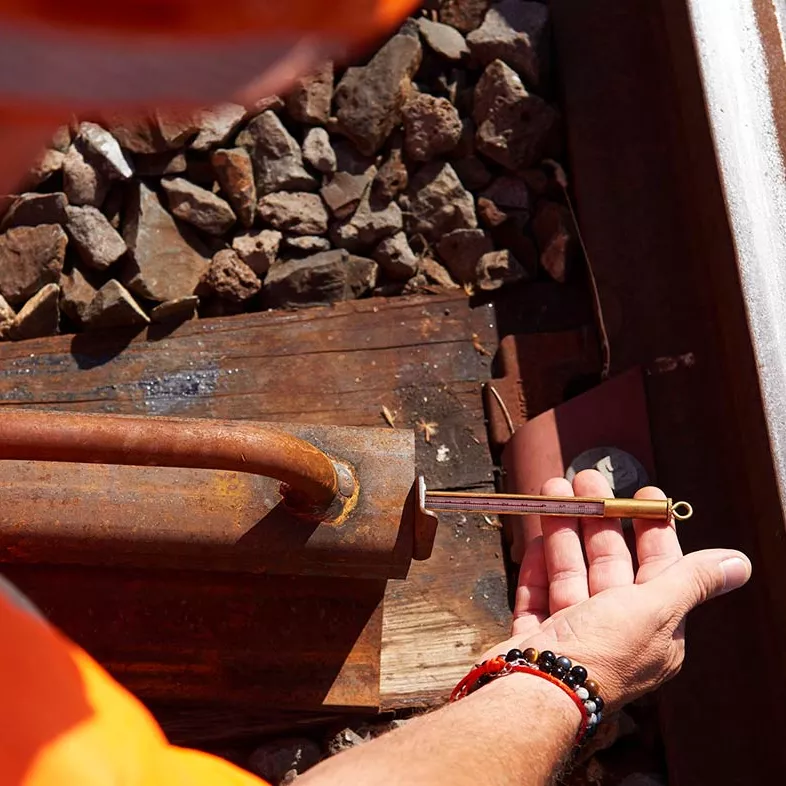
Planning ahead for high temperatures
Extremely hot weather takes a toll on rail infrastructure—which is why we’re constantly thinking ahead to give you a safe, pleasant journey.
Learn more
Peak travel times
Learn more about how we work to keep trains running smoothly in peak periods, especially during the school holidays.
Learn more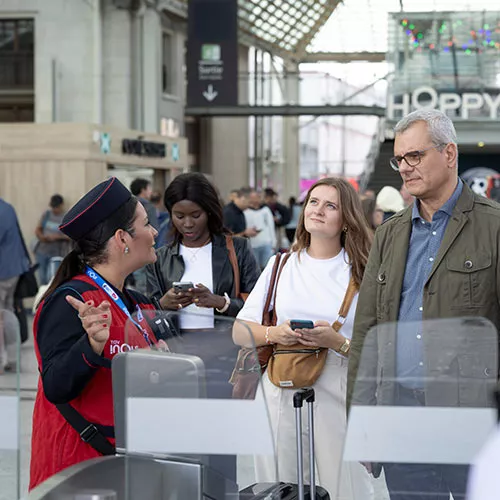
Fraud and identity theft
In addition to costing us revenue, fraud is closely tied to anti-social and criminal behaviour in our stations and aboard our trains.
Learn more
Inside the passenger information control tower
Loud and clear: Employees at our Lyon Part-Dieu station operations centre (COEG) keep passengers informed of the status of their trains in real time.
Learn more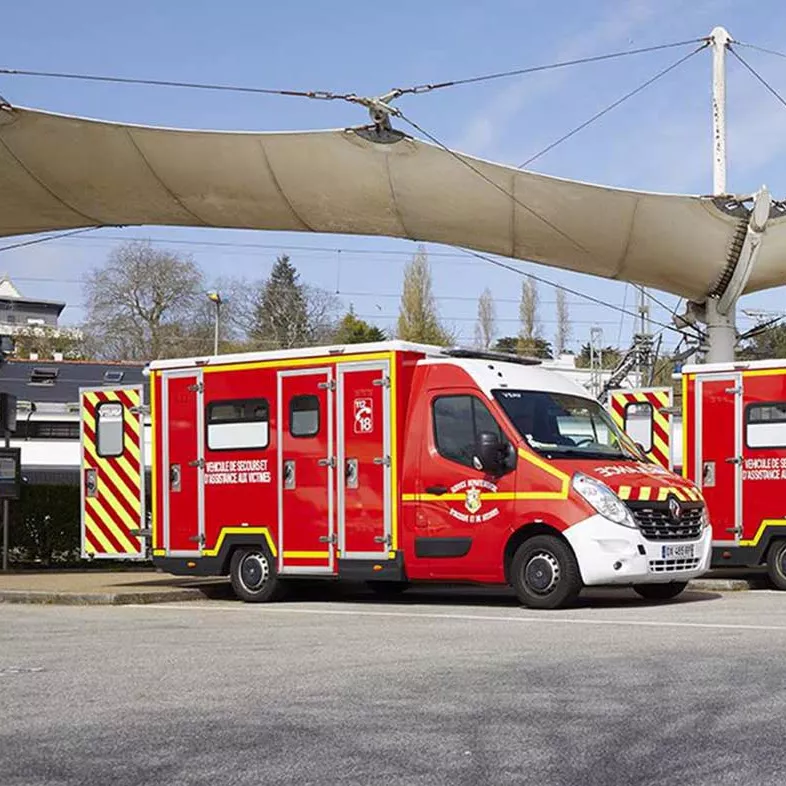
Accident involving a person
When people are involved in an accident, we follow a complex procedure, from calling the police to managing traffic. Find out how we respond to these accidents—and what we’re doing to prevent them.
Learn more
Undercover Unit: Seeing without being seen
Learn more about the inconspicuous SNCF employees who catch pickpockets and sex as well as gender-based offenders in stations and on trains.
Learn more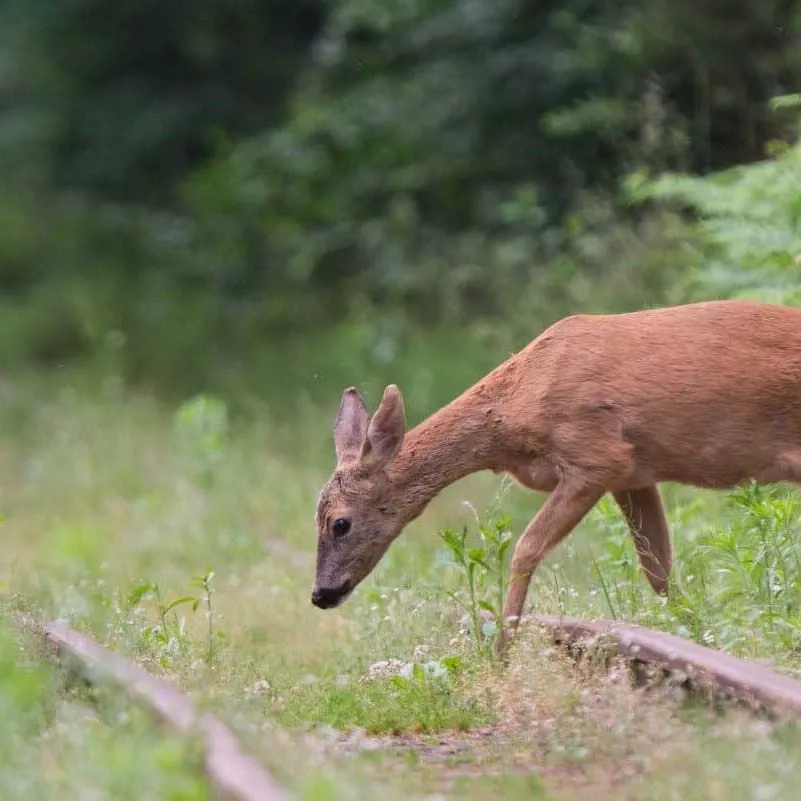
Wildlife on the line
When animals are spotted on the line, drivers must reduce their speed to avoid hitting them. At SNCF, we’re rolling out targeted solutions to protect wildlife—and get you there on time.
Learn more
Slide fencing
Sometimes we install slide fencing along the tracks. These electric fences send a warning signal if touched or broken by an obstacle.
Learn more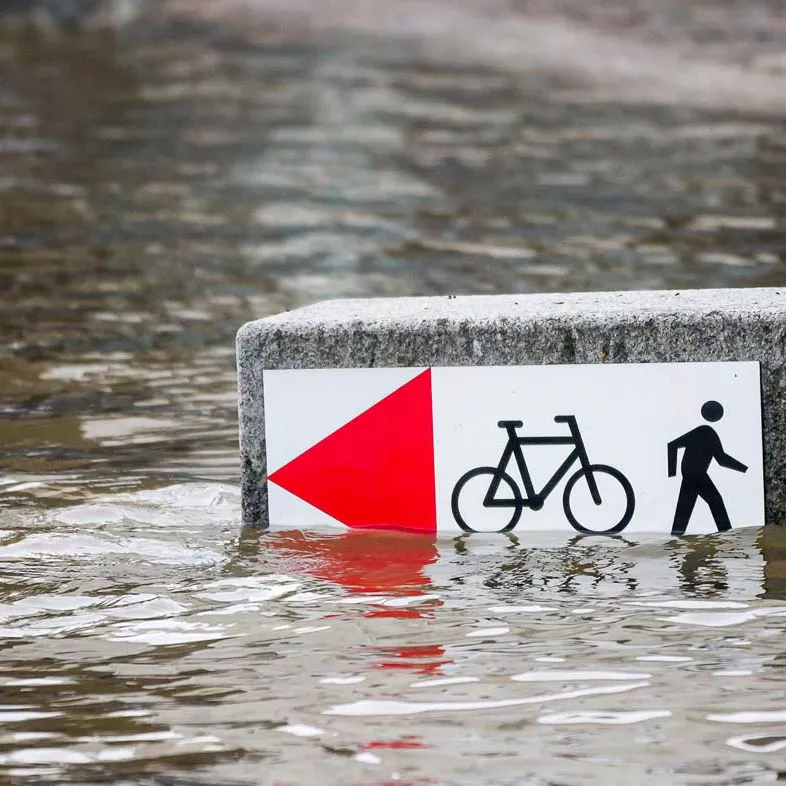
Preparing for heavy rain and flooding
We’ve set up early warning systems in the field and developed an action plan to respond when these events affect the rail network.
Learn more
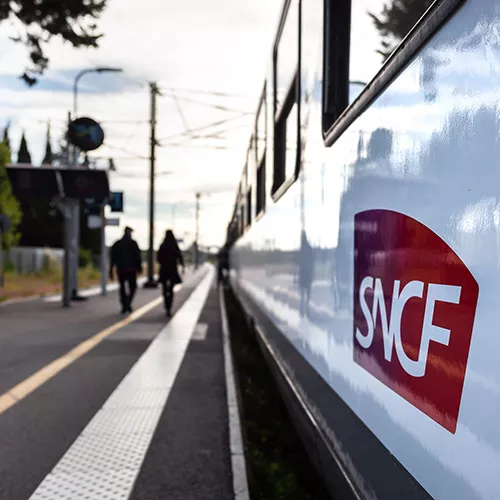
Dangers on the track
Getting too close to the tracks puts you in danger and can disrupt rail traffic for everyone. Find out what we’re doing to warn the public and keep trespassers out.
Learn more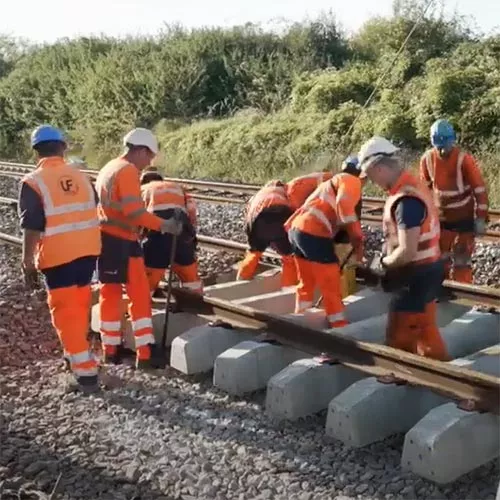
Improving rail operations in Normandy
Our teams worked tirelessly to pull Normandy’s rail operations out of crisis. Find out how they reorganized operations, conducted maintenance, planned engineering works, and introduced new rolling stock.
Learn more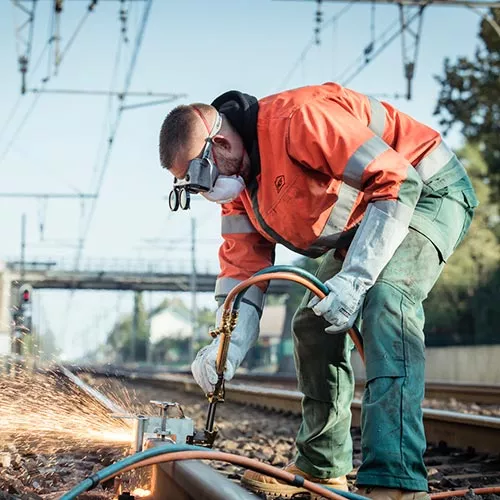
Finding and fixing faulty rails
There would be no trains without tracks—we routinely inspect and maintain our rails to make sure our passengers and freight travel safely.
Learn more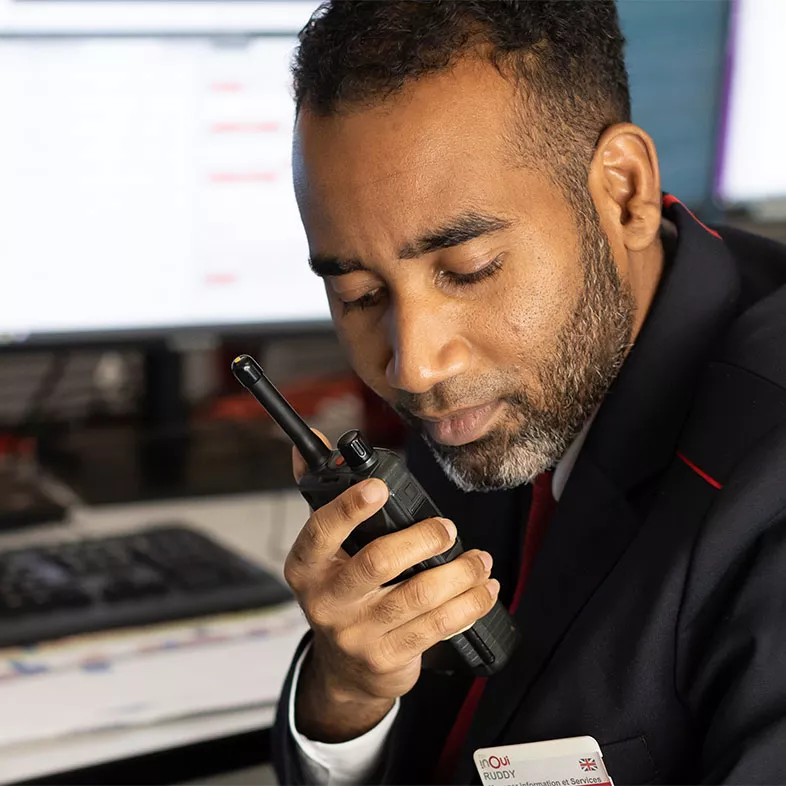
How we “reuse” trainsets
Trains make several journeys a day, and a delay on one journey can cause issues for the next. Learn about how we manage those issues.
Learn more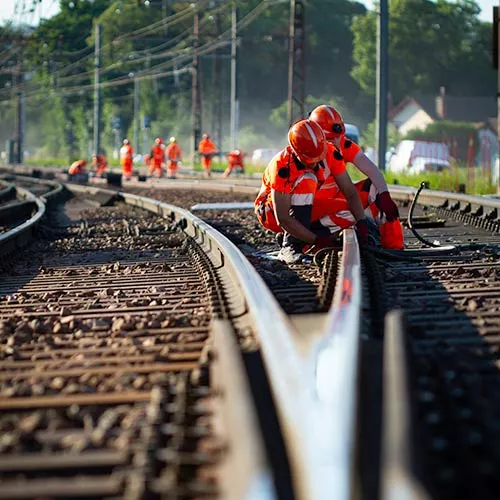
All the ins and outs of switches and crossings
Switch and crossing systems are essential to guide trains from one track to another. If they malfunction, our specialized SNCF teams head out to repair them.
Learn more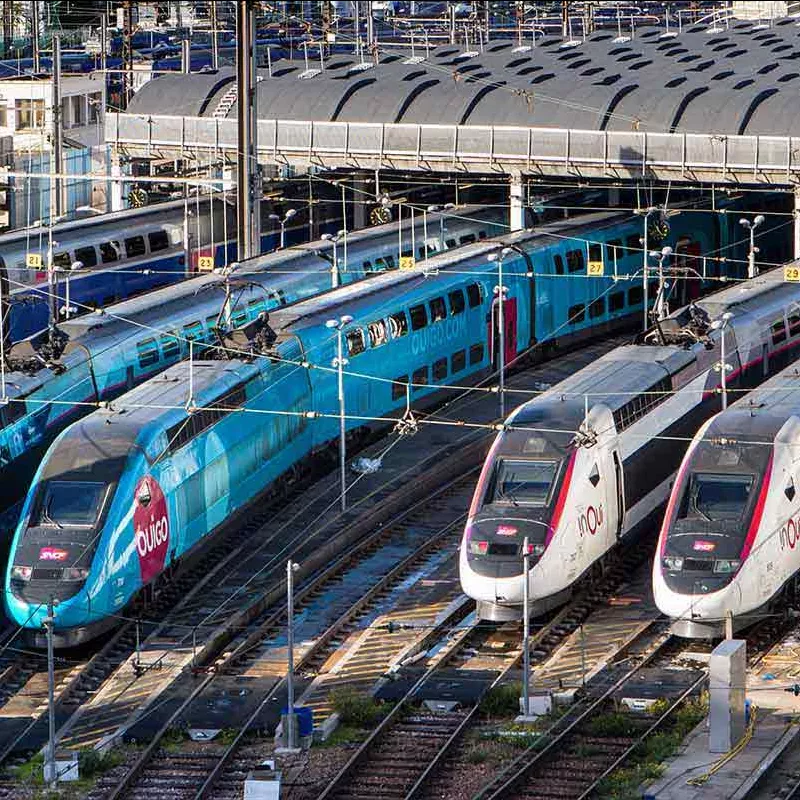
Implementing a provisional transport plan
By implementing this “provisional transport plan”, we can gradually get traffic moving again until all our trains are running on schedule.
En savoir plus
Late or absent staff
What happens when a crucial member of the SNCF train crew doesn’t show up for departure? How is your journey affected and how do we respond?
Learn more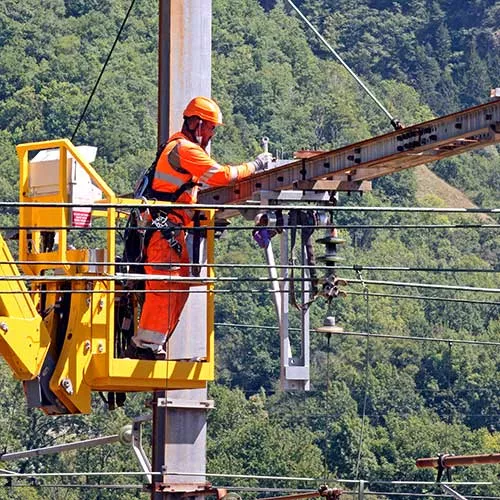
Catenary line incidents
Catenary lines supply the power that keeps your train running, heated and even air conditioned. How do they work? We take a closer look at this critical equipment.
Learn more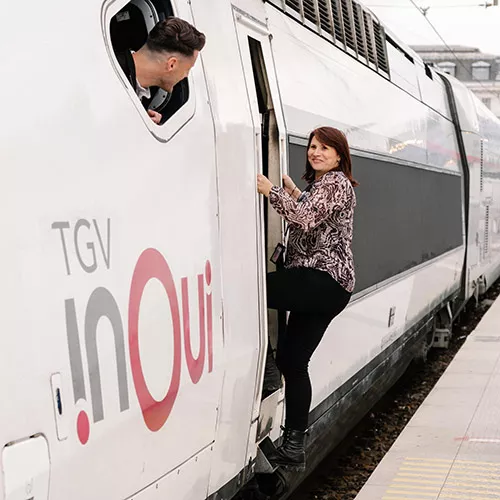
Prepping and platforming trains
Your train’s journey doesn’t start in the station. From the depot to the departure platform, it’s prepped and checked every step of the way by local SNCF teams.
Learn more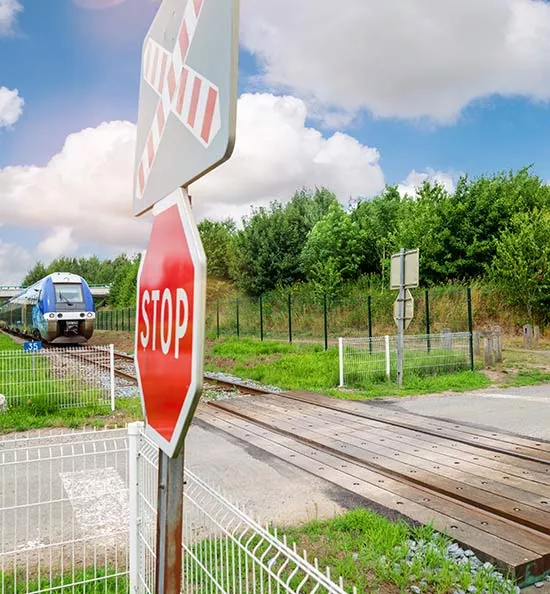
Collisions at level crossings
Did you know that reckless car driving accounts for 98% of accidents at level crossings? Or that half of all these collisions are fatal for the driver?
Learn more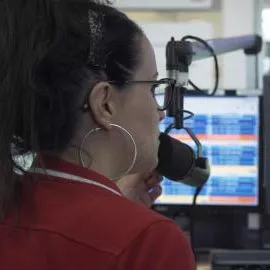
A morning at station-announcement HQ
Adrenaline, decisive action, and personalized announcements. Meet the teams who look after passengers in the western Paris region.
Learn more
Our radio alert system
Radio alerts ensure the safety of passengers and SNCF employees alike by relaying emergency messages. Find out how we use them.
Learn more
How does rail signalling work?
Learn about all the different rail signalling systems and how we respond if they fail.
Learn more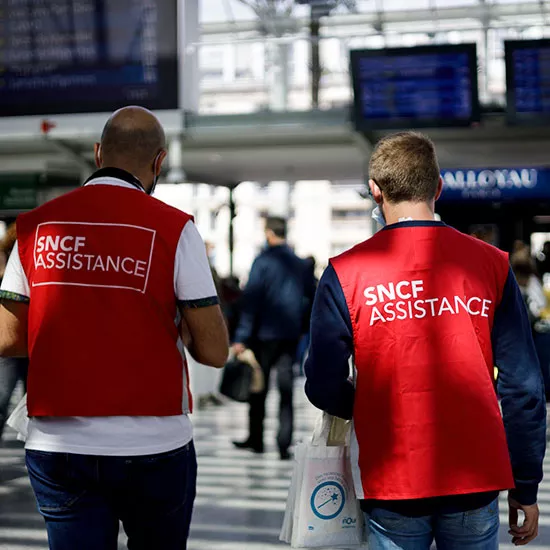
The nuts and bolts of passenger transfers
Everything you need to know about transferring passengers from one train to another—why, how and when.
Learn more
When a passenger falls ill
When a passenger falls ill aboard one of our trains, the train manager takes action right away. Here’s how it works.
Learn more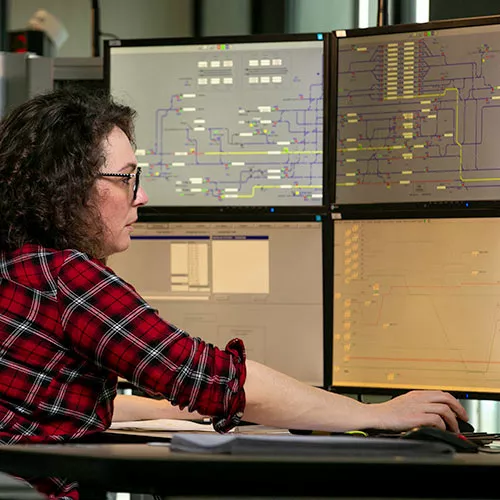
Planning rail routes
Meticulous coordination several months in advance is key to making rail journeys safe for our passengers.
Learn more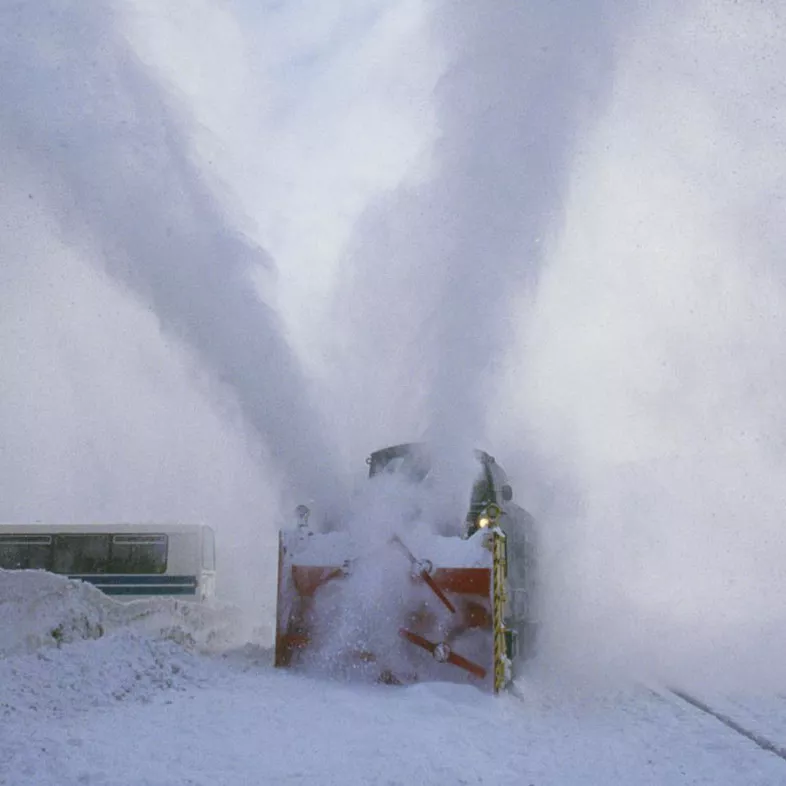
Extreme cold and heavy snowfall
Preparing for winter weather helps us deal with these disruptions and keep trains running smoothly.
Learn more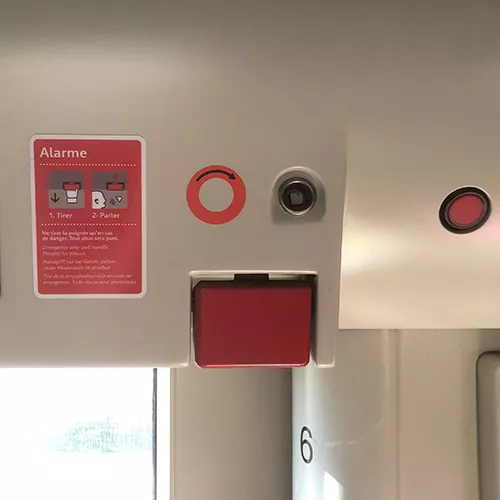
Train alarm systems
The alarm system on our trains is there to keep passengers safe. Find out how and when to use it, and how activating it affects traffic.
Learn more
How we handle leaves on the line
SNCF Réseau teams are hard at work to prevent the dead leaves falling on the tracks from affecting train traffic.
Learn more
Protecting our trains from flying ice
After a heavy snow, flying ice can cause major damage to our rolling stock. Find out what we’re doing to counter this risk.
Learn more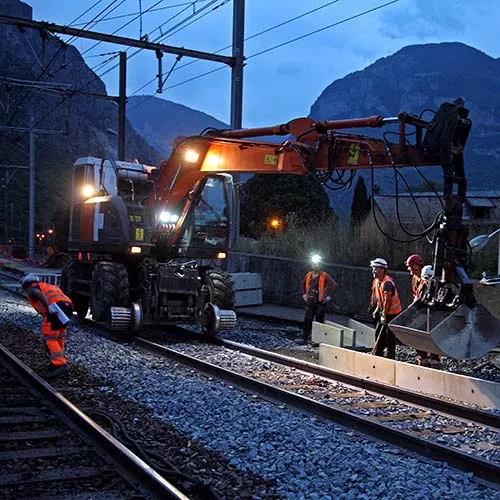
Track works
We regularly maintain and upgrade our tracks to keep rail traffic running safely.
Learn moreShare the article